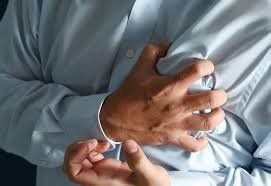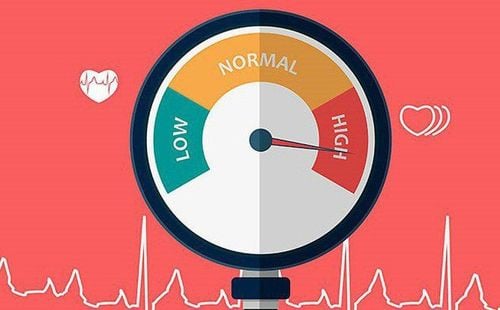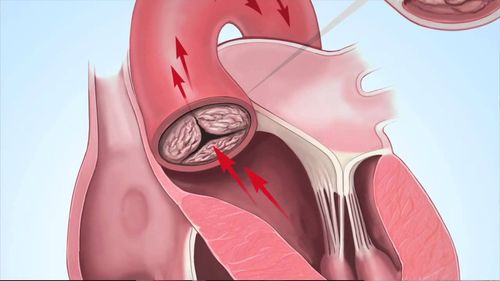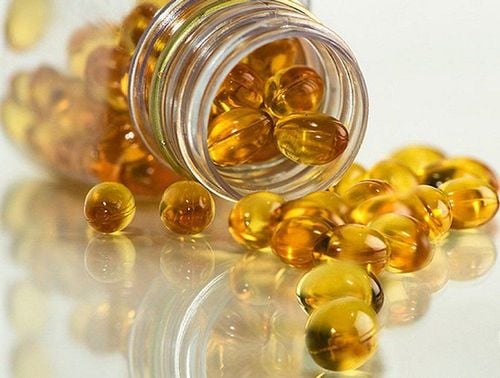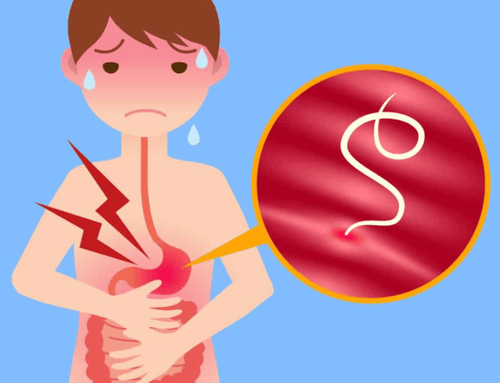Nội dung bạn đang tìm kiếm không có phiên bản tiếng Việt.
Vui lòng chọn tiếp tục để xem nội dung tiếng Anh hoặc đi đến trang chủ Tiếng Việt.
Rất xin lỗi về sự bất tiện này.

Home
Tag Physiological jaundice
Articles in Physiological jaundice
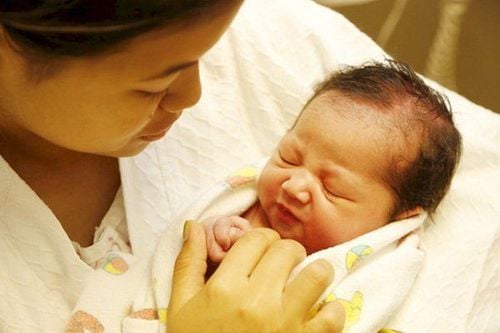
Distinguishing physiological and pathological neonatal jaundice
Jaundice is a phenomenon of red blood cells being broken, the liver's bilirubin metabolism function is not yet complete. Pathological jaundice in newborns can cause complications of kernicterus, which can cause death or leave sequelae of slow development in children. Therefore, mothers should recognize some signs to distinguish physiological neonatal jaundice from pathological jaundice.
Xem thêm




